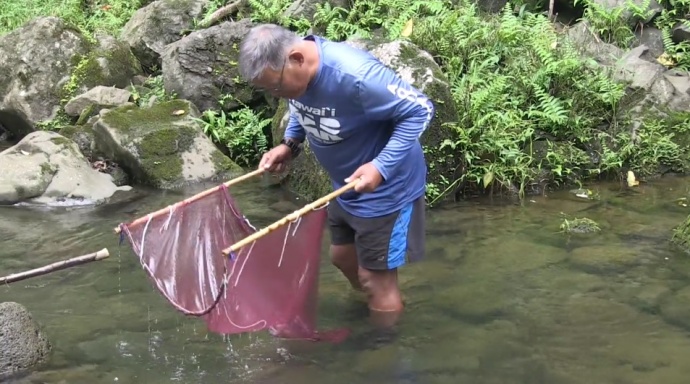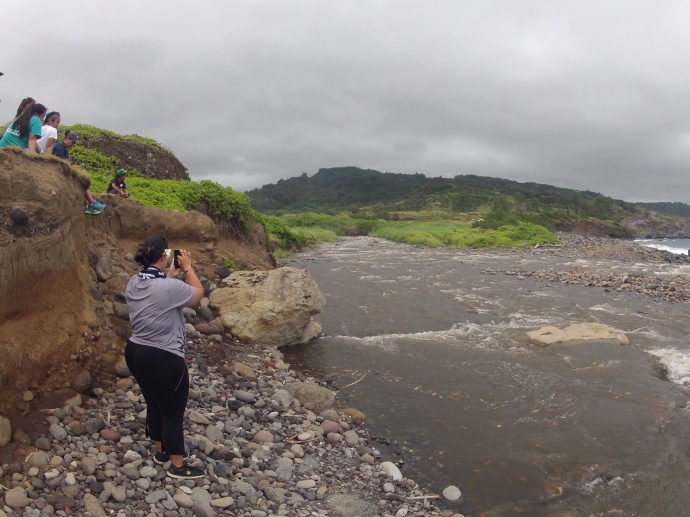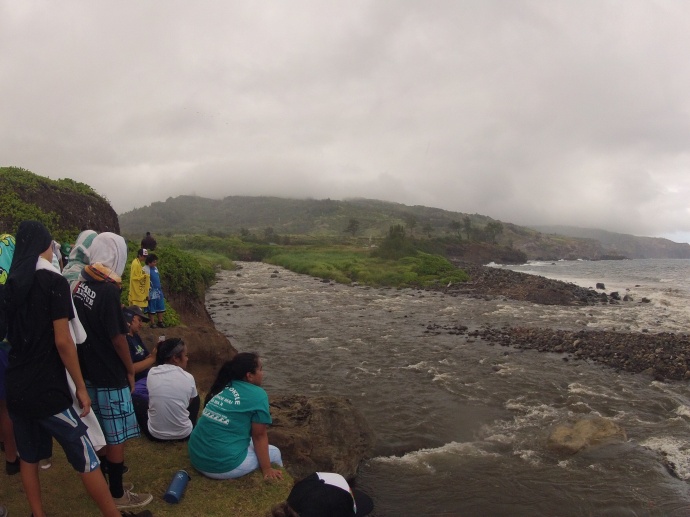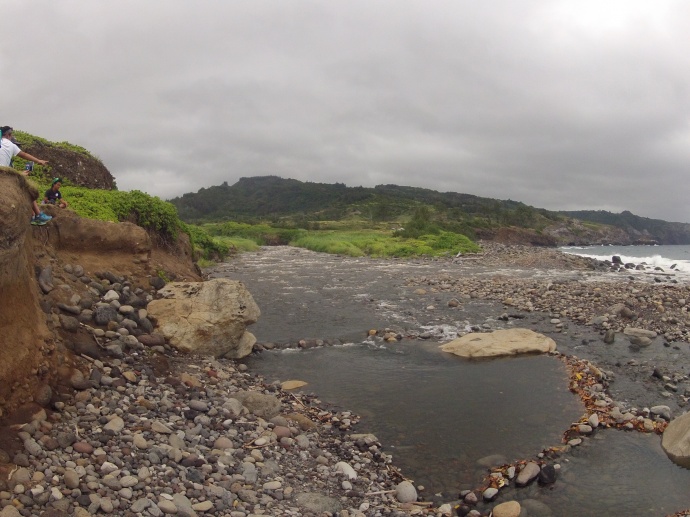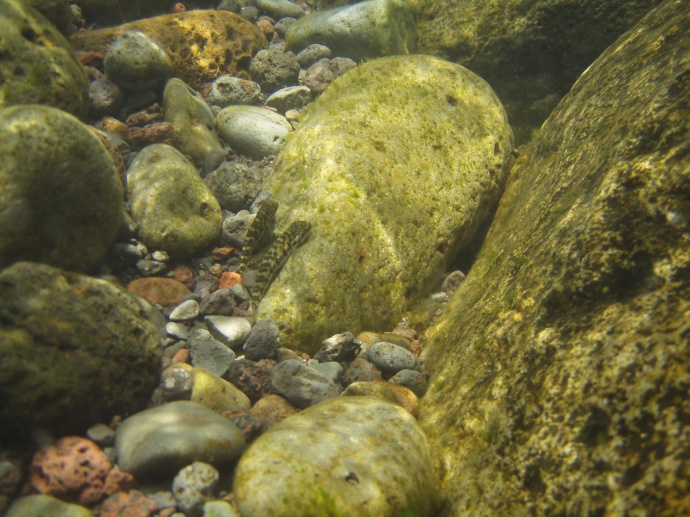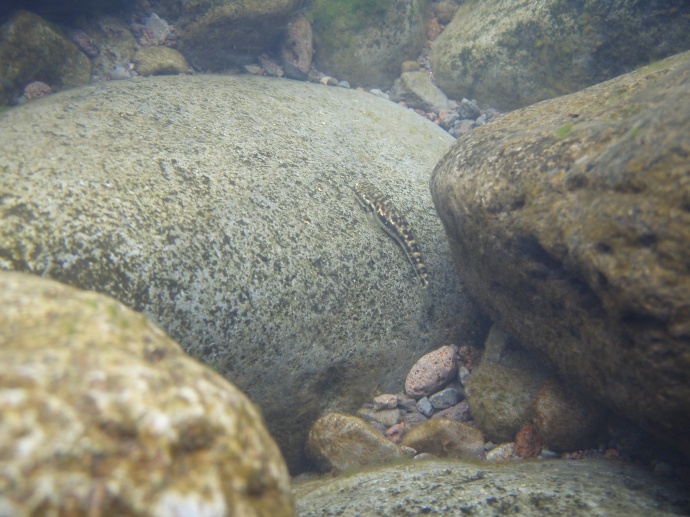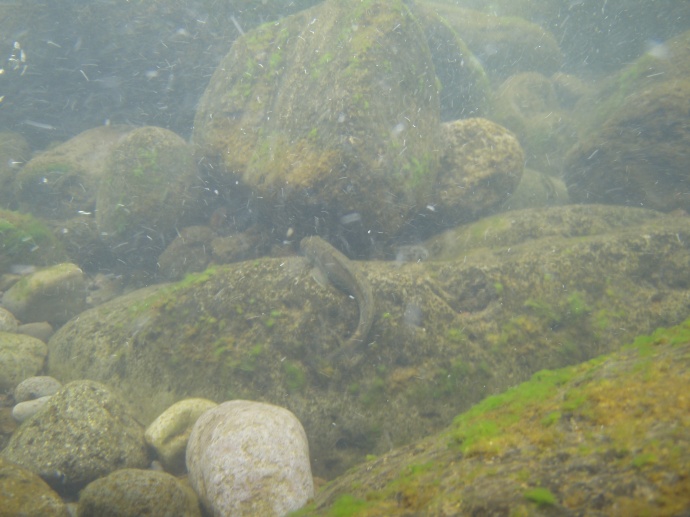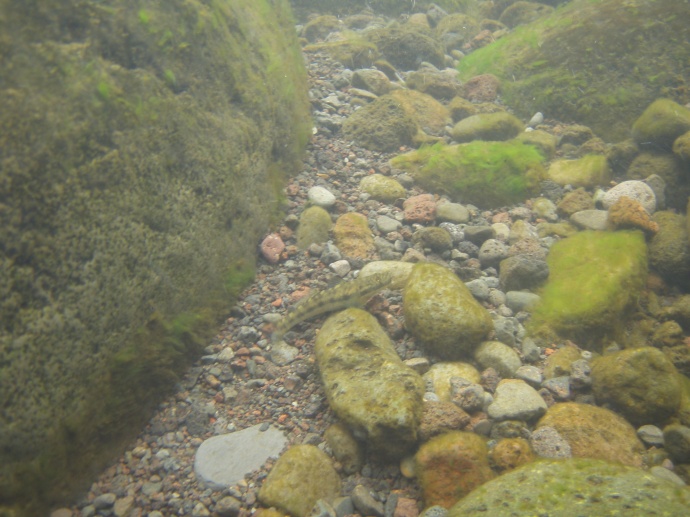VIDEO: Maui Stream Research Traces the Life and Movement of Tiny Creatures
[flashvideo file=http://www.youtube.com/watch?v=3xcJ_L5zgSg /] By Maui Now Staff
Skippy Hau, an aquatics biologist with the state Department of Land and Natural Resources Division of Aquatic Resources has dedicated much of his career to studying the life cycles and movements of fresh water fish, shrimp, and snails.
Hau has been tracking stream life at many waterways on Maui with more than 20 years of research under his belt.
Many Maui streams have been diverted and channelized, sometimes resulting in little to no water flow at the point the stream flows into the ocean; however Hau’s research has proven helpful in understanding effects on stream life.
In a press release compiled by the DLNR, Hau says it’s important to know what’s happening with stream life as it can indicate larger problems in the ecosystem. It’s even more important since so many freshwater ways in Hawai‘i have been diverted since territorial times, state officials say.
Once each quarter, Hau travels to each of his research sites and replaces temperature loggers that are typically fixed to exposed roots a foot or so beneath the surface of the water.
His collected data on temperature differences provides information about the impacts on freshwater creatures from diversions and channelization. “This is more than looking at just a few animals. We also look at other aquatic species and plants, both native and introduced, to give us a better idea of what is happening with the overall health of our watersheds,” said Hau.
In order to collect data, Hau carefully navigates the slippery stream beds and rocks of east and central Maui. His research has included information on the movements of five fish (‘o‘opu), shrimp (‘opae), and snails (hihiwai). “Often we think of taking from the ocean only, but historically people have depended on harvests from freshwater streams for sustenance as well,” said Hau.
The hihiwai are known to hatch from eggs in the stream, and then as larvae they flow out to the ocean where they develop further. Then they begin their long migration back to land; crawling one tiny step at a time up streams and waterfalls to where they grow into adults. The hihiwai leave a mucus trail and “basically play follow-the-leader” by following one another upstream, according to DLNR.
Four species of ‘o‘opu or gobies move upstream in a different way. “They have fused pelvic fins which they use like suction cups, grabbing onto rocks and the streambed to travel upward; sometimes many, many miles to the headwaters of a stream,” according to the announcement.
A fifth species (‘o’opu akupa) does not have a fused pelvic fin, “but nature has provided for it, by making it a carnivore,” according to biologists. It survives in the lower stream and survives by feeding on other fish.






